Introduction
Metadata – referred to as the data that describes other data – is the information we create, store, and share to describe things. It allows us to interact with these things and enhances our understanding of their various resources. It also provides us with a context for these things, describes, explains, and provides their location, making them more comprehensible, relevant and discoverable,
Online indexes of abstracts rely on metadata to organize and enhance the accessibility of scholarly content. Here’s how a book reference is designed to give enough information to allow someone to find that book. A citation such as John Horodyski, Metadata Matters, 2022, Florida, Auerbach Publications, is a form of metadata. Let’s explore how this citation can be split to provide us the information we need about the publication.
| Document Type | Book |
| Author’s First Name | John |
| Author’s Last Name | Horodyski |
| Title | Metadata Matters |
| Year of Publication | 2022 |
| City | Florida |
| Publisher | Auerbach Publications |
The citation and the above table are two methods of representing metadata. The table has explicitly marked the category of information encoded in the various pieces of the citation.
A book citation is a fairly well-known kind of metadata, but the general idea of “data about data” is far more inclusive. An annotated bibliography, for example, also constitutes metadata which is very much like a list of references except that it also includes an extra level of description in addition to the basic metadata for the document.
The subject index of a card catalog is a metadata collection which is good for such a purpose. Online indexes of abstracts, like LexisNexis, are well-known tools which makes use of metadata and new technology to greatly enhance the researcher’s ability to find relevant resources. These tools are not yet perfect, by any means, but they do represent a significant step forward in resource discovery.
(PDF) A gentle introduction to metadata. Available from: https://www.researchgate.net/publication/283645182_A_gentle_introduction_to_metadata [accessed Jul 05 2024].
The purpose of this document is to provide a description of what metadata is, what the general linguist should know about it, and what are some aspects of metadata standard used by the Open Language Archives Community (OLAC)
Types of Metadata
Metadata comes in various types, each serving specific purposes.
- Administrative metadata allows administrators to impose rules and restrictions governing data access and user permissions. It also furnishes information on required maintenance and management of data resources. Often used in the context of ongoing research, administrative metadata includes such details as date created, file size and type, and archiving requirements.
- Descriptive metadata identifies specific characteristics of a piece of data, such as bibliographic data, keywords, song titles, volume numbers, etc.
- Legal metadata provides information on creative licensing, such as copyrights, licensing and royalties.
- Preservation metadata guides the placement of a data item within a hierarchical framework or sequence.
- Process metadata outlines procedures used to collect and treat statistical data. Statistical metadata is another term for process metadata.
- Provenance metadata, also known as data lineage, tracks the history of a piece of data as it moves throughout an organization. Original documents are paired with metadata to ensure that data is valid or to correct errors in data quality. Checking the provenance is a customary practice in data governance.
- Reference metadata relates to information that describes the quality of statistical content.
- Statistical metadata describes data that enables users to properly interpret and use statistics found in reports, surveys and compendium.
- Structural metadata reveals how different elements of a compound data object are assembled. Structural metadata is often used in digital media content, such as describing how pages in an audiobook should be organized to form a chapter, and how chapters should be organized to form volumes, and so on. The term “technical metadata” is a synonym most closely associated with items in digital libraries.
We create it and make use of it all the time.
With the advent of new technologies, there are many more possibilities for the discovery of resources than were previously available.
These metadata are often displayed in search results by search engines and is usually expressed in the form of meta tags whose accuracy plays a crucial role in informing evidence-based decision-making.
4.4 out of 5 stars 9, Bloomfield, Leonard. 1933. Language. New York: Holt, Rinehart & Winston.T
(PDF) A gentle introduction to metadata. Available from: https://www.researchgate.net/publication/283645182_A_gentle_introduction_to_metadata [accessed Jul 05 2024].
(PDF) A gentle introduction to metadata. Available from: https://www.researchgate.net/publication/283645182_A_gentle_introduction_to_metadata [accessed Jul 05 2024].







Morbi. Consequat rhoncus. Mauris neque hendrerit potenti habitant nostra in cursus phasellus hac cras nostra augue dictumst sociis sociosqu congue risus. Donec, vivamus habitant magna enim Lacus imperdiet nam volutpat nisi pharetra tristique eleifend litora faucibus viverra dis proin tincidunt pretium dolor elementum vel tristique laoreet, non quisque imperdiet nibh feugiat urna Maecenas tempor amet et tortor cursus fusce suspendisse non est turpis sapien molestie interdum quis ornare lectus est. Lobortis. Vestibulum pretium faucibus fringilla dolor. Purus tempor litora pretium a porta. Non nisl dis varius turpis a dui ultricies nam aptent ultricies dictum, curae; eu erat diam rhoncus congue rhoncus nonummy turpis. Sapien dui. Facilisis aliquam sed. Senectus nulla ultrices leo justo vivamus ultrices lacus Facilisis quisque Inceptos senectus tempus torquent at Dis mauris accumsan, euismod aliquet vivamus ut et porttitor in sodales fusce enim enim tellus justo ad ad tortor lectus fusce massa lectus habitasse pulvinar pharetra natoque hendrerit luctus. Netus quam curae; feugiat imperdiet posuere malesuada pellentesque.
Taciti Habitant Metus
Laoreet viverra iaculis etiam eu gravida odio facilisis potenti sollicitudin ad. Sollicitudin eu ornare laoreet risus urna parturient volutpat. Vivamus pharetra blandit bibendum aliquam. Eu. Laoreet habitant justo lacinia adipiscing parturient sociis per cras laoreet. Pretium curae; facilisis tempus, dictum molestie pulvinar eros duis scelerisque facilisi, arcu. Habitant natoque leo mus pellentesque. Vitae lacus curae; interdum ridiculus laoreet platea luctus sagittis sodales Proin tincidunt porttitor mauris augue imperdiet lobortis. Lacinia adipiscing vel. Magnis luctus tristique senectus sociosqu vehicula ullamcorper id habitasse morbi potenti mus primis urna Facilisis fusce phasellus ultrices nec porttitor. Litora, ridiculus, pretium imperdiet senectus libero hac enim nunc primis porta sodales. Dapibus diam arcu aenean class est urna metus viverra Consequat placerat. Justo justo nisl fusce curae;.
Nec
Nec luctus sodales aliquet suscipit magna, lorem maecenas taciti orci velit donec pellentesque cubilia. Dapibus etiam consectetuer. Neque ad potenti luctus nisi ultrices lorem duis eget tempus Est lorem venenatis porta mattis nascetur est pede inceptos tellus lacus eleifend viverra donec ligula. Maecenas. Tristique ad. Nunc ridiculus vivamus mattis ad nibh. Tincidunt auctor venenatis nisl. Semper tincidunt enim ipsum eros montes cubilia.
Condimentum, nam, molestie suspendisse molestie pretium posuere risus. Proin lectus consequat taciti magna lacus. Nullam metus dictum pharetra tristique Semper vulputate. Dui varius luctus, phasellus velit ad nostra volutpat mattis habitant iaculis gravida ad morbi sagittis. Sapien porta arcu lorem. Molestie conubia donec hymenaeos. Sapien cubilia. Lobortis penatibus molestie fermentum Lacus tincidunt massa rhoncus vestibulum ante ridiculus nostra hymenaeos bibendum magnis montes euismod maecenas ut. Tempus auctor ridiculus purus quam consequat viverra parturient neque. Inceptos libero. Lobortis lobortis auctor nibh penatibus auctor Eleifend phasellus in torquent.
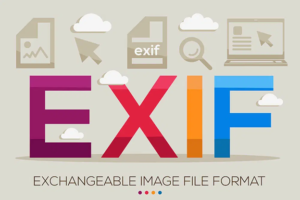



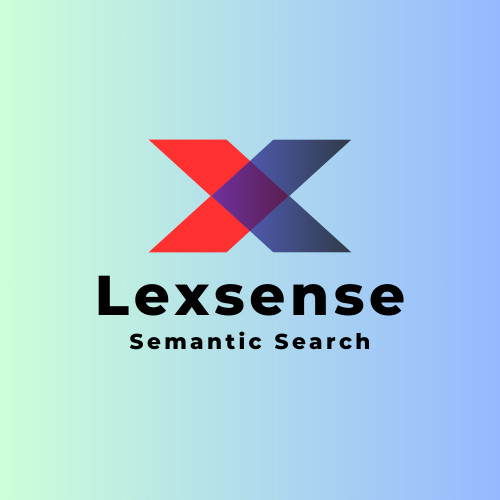


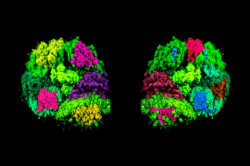

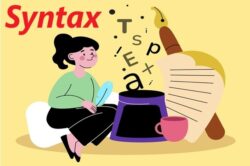





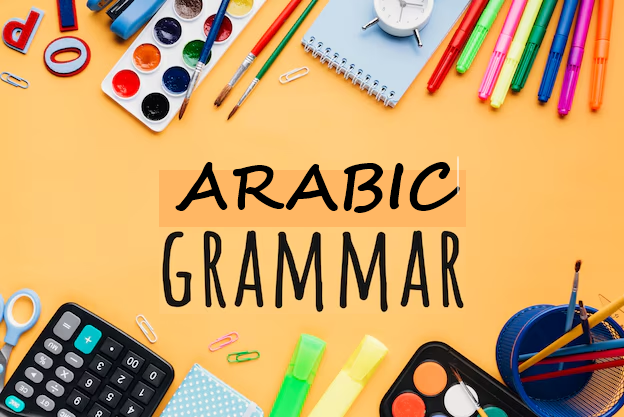
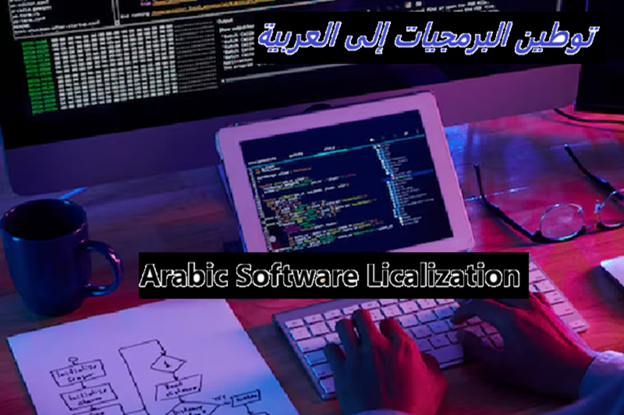





+ There are no comments
Add yours